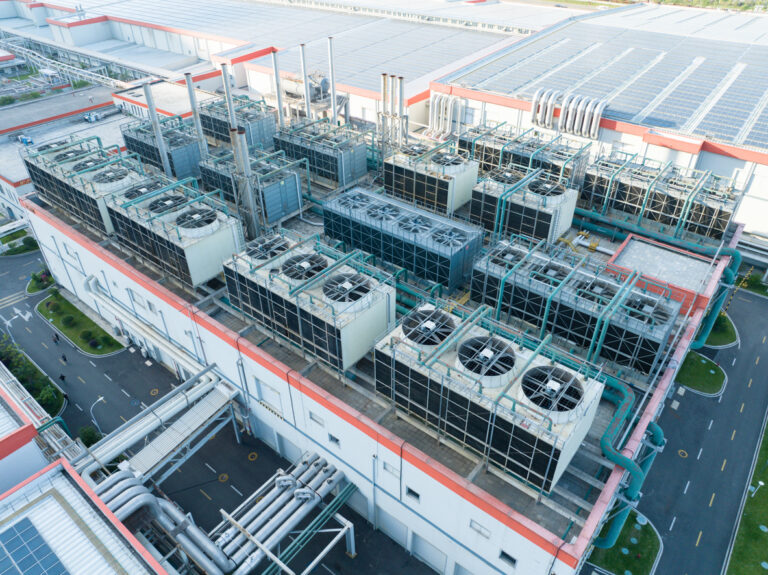Why You Should Upgrade to LED Lights
LED stands for “light emitting diode” and when this technology is used for lighting in buildings it is a highly efficient energy alternatives to incandescent light. According to EnergyStar.gov, “LEDs are incorporated into bulbs and fixtures for general lighting applications. Small in size, LEDs provide unique design opportunities. Some LED bulb solutions may physically resemble familiar light bulbs and better match the appearance of traditional light bulbs. Some LED light fixtures may have LEDs built in as a permanent light source. There are also hybrid approaches where a non-traditional ‘bulb’ or replaceable light source format is used and specially designed for a unique fixture. LEDs offer a tremendous opportunity for innovation in lighting form factors and fit a wider breadth of applications than traditional lighting technologies.”
LEDs last much longer and consume 90% less energy than standard bulbs, which lose a majority of their energy through heat, in turn degrading them more quickly and wasting energy. EnergyStar.gov says of LED life, “The useful life of LED lighting products is defined differently than that of other light sources, such as incandescent or compact fluorescent lighting (CFL). LEDs typically do not “burn out” or fail. Instead, they experience ‘lumen depreciation’, wherein the brightness of the LED dims slowly over time. Unlike incandescent bulbs, LED “lifetime” is established on a prediction of when the light output decreases by 30 percent.” Energy.gov also notes that the lifespan of an LED bulbs can last 3-25 times longer than a CFL bulb.
Through LED energy efficiency replacements a company has a unique opportunity for guaranteed energy savings, better light quality in their facilities, and longer lasting lighting equipment. Better Buildings Initiative notes that, “Commercial lighting uses about 4.0 quads [about 1.17 trillion kWh] of primary energy annually – more than 20% of total commercial building energy use in the United States…” making it an ideal candidate for energy efficiency retrofits.
LED retrofits made up the majority of Redaptive’s early business and generated huge savings for a number of clients. For instance, AT&T, one of our more notable case studies, Redaptive deployed efficiency upgrades through our Efficiency-as-a-Service (EaaS) platform at 650 AT&T facilities, from data centers to retail stores. This program enables nearly $20 million annually in utility savings and avoided carbon dioxide emissions equivalent to talking almost 21,000 cars off the road each year.
The AT&T and Redaptive Case Study details how LED lighting reduces heat output and can decrease your HVAC energy load by as much as 30%. Also watch our video describing a variety of other benefits for AT&T. Redaptive’s LED lighting retrofit program and other utility upgrades deliver big savings into a simple, flexible risk-free program.



